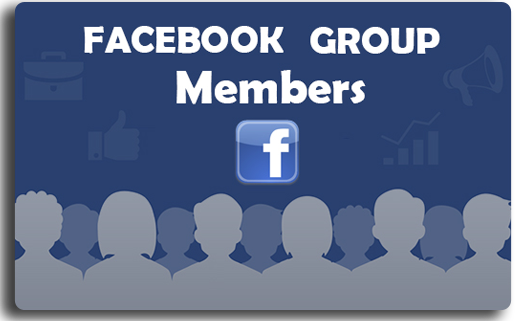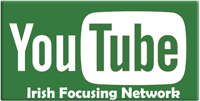by Mary Jennings
Gendlin lists four types of listening in his book Focusing:
1. Helping another person focus while talking
2. Using your own feelings and reactions about the other person
3. Interaction (in everyday situations)
4. Interacting in a group
Here, I will touch on the first two types as they might relate to Focusing Partnerships.
The first type, helping another person focus while talking, has evolved into the kind of ‘reflective listening’ we do in Focusing Partnerships. These partnerships have their own protocols such as, when you are the listener, being careful not to offer advice, not to comment on the Focuser’s process and not to put anything of your own experience into it. Focusers generally take care to abide by these valued practices.
Where might the second type of listening Gendlin outlines - Using your own feelings and reactions about the other person fit, if at all, within Focusing Partnerships? Let me make some suggestions.
I was introduced to what Tom Larkin calls The Empathic Moment in Focusing Partnership at a workshop last year. He was influenced both by this own long-term Focusing partners and by the work of Janet Klein on Interactive Focusing in presenting this practice. It was Janet’s discovery that listeners are touched by what the focuser says; it is part of the whole process/interaction, she suggests.
The Empathic Moment is an invitation to the listener to pause, to allow a sense of how the Focuser’s process has touched the listener. The listener then expresses their sense of how ‘all that’ has been for the Focuser and offers this as an ‘empathic moment’. That might come as a phrase, an image or a metaphor. It is, in some sense, it seems to me, an enhanced form of reflection. The Focuser checks if what the listener say about their process fits and, as ever, the Focuser is in charge and may respond in a way that is right for them.
Very often, as this is done with empathy, it deepens the Focuser’s own experience as well as deepening the connection between listener and focuser. It is important to say offering this ‘empathic moment’ can be part of a Focusing Partnership only where there is agreement – in advance – that this will be included as part of the process. It seems to fit with what Gendlin is referring to in this second type of listening of using our own feelings and reactions about what we have heard. It also fits with his wider concept of ‘interaction first’ which he outlines in A Process Model.
This idea of using The Empathic Moment may be of value to you – or not – in a Focusing Partnership situation. Initially, when I first tried offering this practice, I experienced some unease by seemingly ‘breaking the rules’ of what is considered good practice in partnerships.
You will see in the video clip that the initial interaction is based on the tried and tested Focusing Partnership model, with accurate reflection and checking if any word I used that was different to what the Focuser said, fitted. It might have ended when the ‘felt shift’ came for the Focuser and that would be fine. The Empathic Moment follows on from that and is done only when the listener has checked if the Focuser’s process feels complete for now.
See what the sense of The Empathic Moment is for you and if this is something you might consider in your Focusing Partnerships. You might like to try it with curiosity and care.




